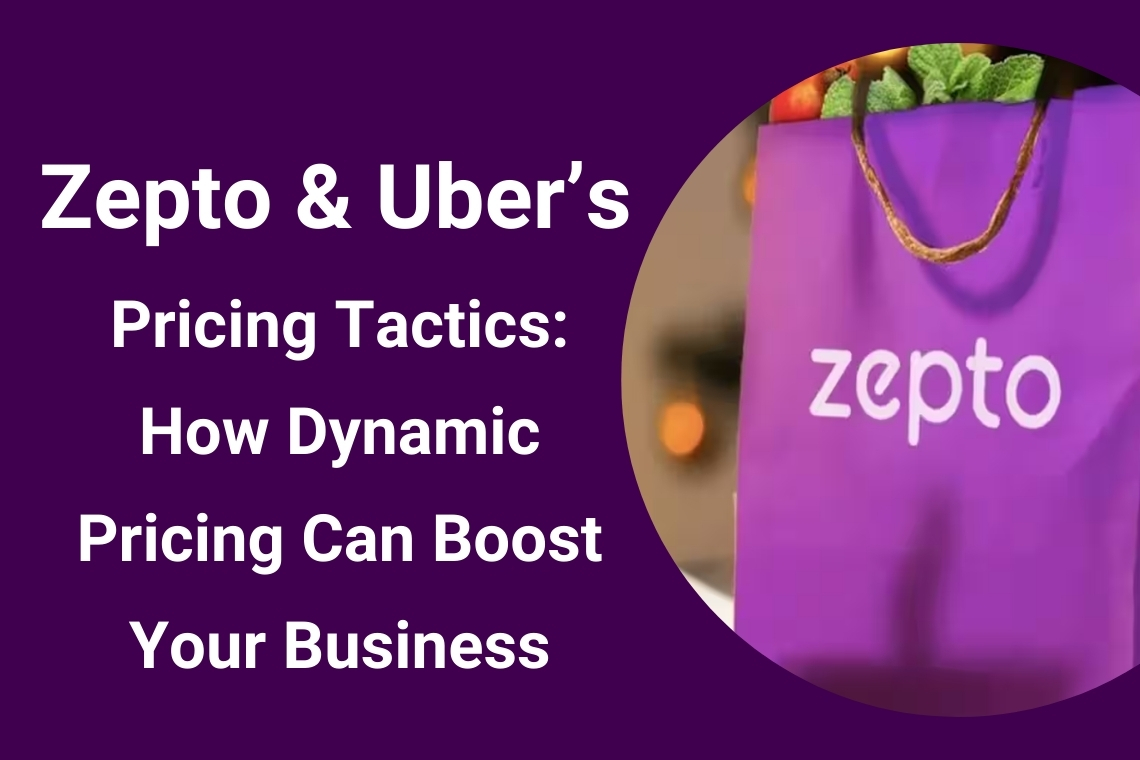Recently, an interesting observation surfaced on Zepto, a leading quick-commerce platform—users noticed a significant price difference for the same product based on their device type. Screenshots revealed that 500 grams of capsicum cost Rs 21 on an Android device but Rs 107 on an iPhone. While this sparked conversations, it also highlighted a key marketing strategy that businesses can leverage: dynamic pricing.
What is Dynamic Pricing?
Dynamic pricing, also known as personalized pricing or surge pricing, is a strategy where businesses adjust prices based on various factors such as demand, customer behavior, location, and even the device used for browsing. Major industries like airlines, ride-sharing services, and e-commerce giants have successfully implemented this approach to optimize revenue and enhance customer experiences.
Real-World Examples of Dynamic Pricing
Zepto’s Price VariationZepto, a quick-commerce grocery platform, dynamically adjusts prices based on user segments. The recent discrepancy in capsicum prices between Android and iPhone users suggests price differentiation based on user demographics or purchase behavior.
Uber’s Surge PricingUber uses a well-known dynamic pricing strategy called surge pricing, where fares increase based on real-time demand. During peak hours, special events, or high-demand situations, Uber automatically raises prices to balance demand and supply, ensuring availability while optimizing revenue.
Why Should Businesses Embrace Dynamic Pricing?
Maximized Revenue PotentialBy analyzing purchasing patterns, businesses can set competitive prices that attract customers while ensuring profitability.
Improved Customer TargetingDynamic pricing helps segment customers based on their preferences and buying behavior, allowing businesses to offer customized discounts and deals.
Optimized Inventory ManagementAdjusting prices in real time helps manage stock levels efficiently, reducing overstocking or shortages.
Competitive AdvantageStaying ahead in the market means adapting to changing consumer demands. Dynamic pricing enables businesses to respond quickly and stay competitive.
How to Implement Dynamic Pricing Effectively?
Use Data Analytics – Leverage AI-driven tools to analyze consumer behavior and set prices accordingly.
Segment Customers Wisely – Categorize customers based on buying habits, location, and device preferences.
Maintain Transparency – Ensure customers understand the value they receive, avoiding any perception of unfair pricing.
Test & Optimize – Regularly evaluate pricing strategies to find the perfect balance between affordability and profitability.
The Future of Smart Pricing
In an era where personalization is key, dynamic pricing offers businesses the opportunity to optimize their sales strategy while catering to diverse customer needs. With the right implementation, businesses can enhance profitability, build customer trust, and stay ahead in the competitive landscape.
Are you ready to take your pricing strategy to the next level? Explore how iBrandLabs can help you integrate smart pricing strategies into your business model for sustainable growth!

